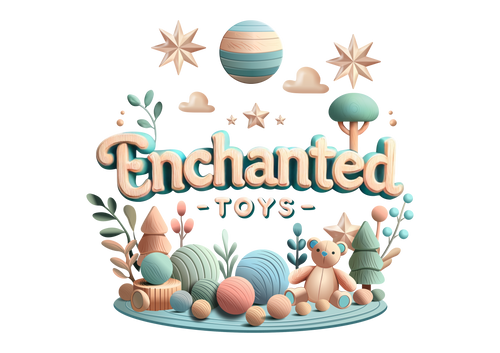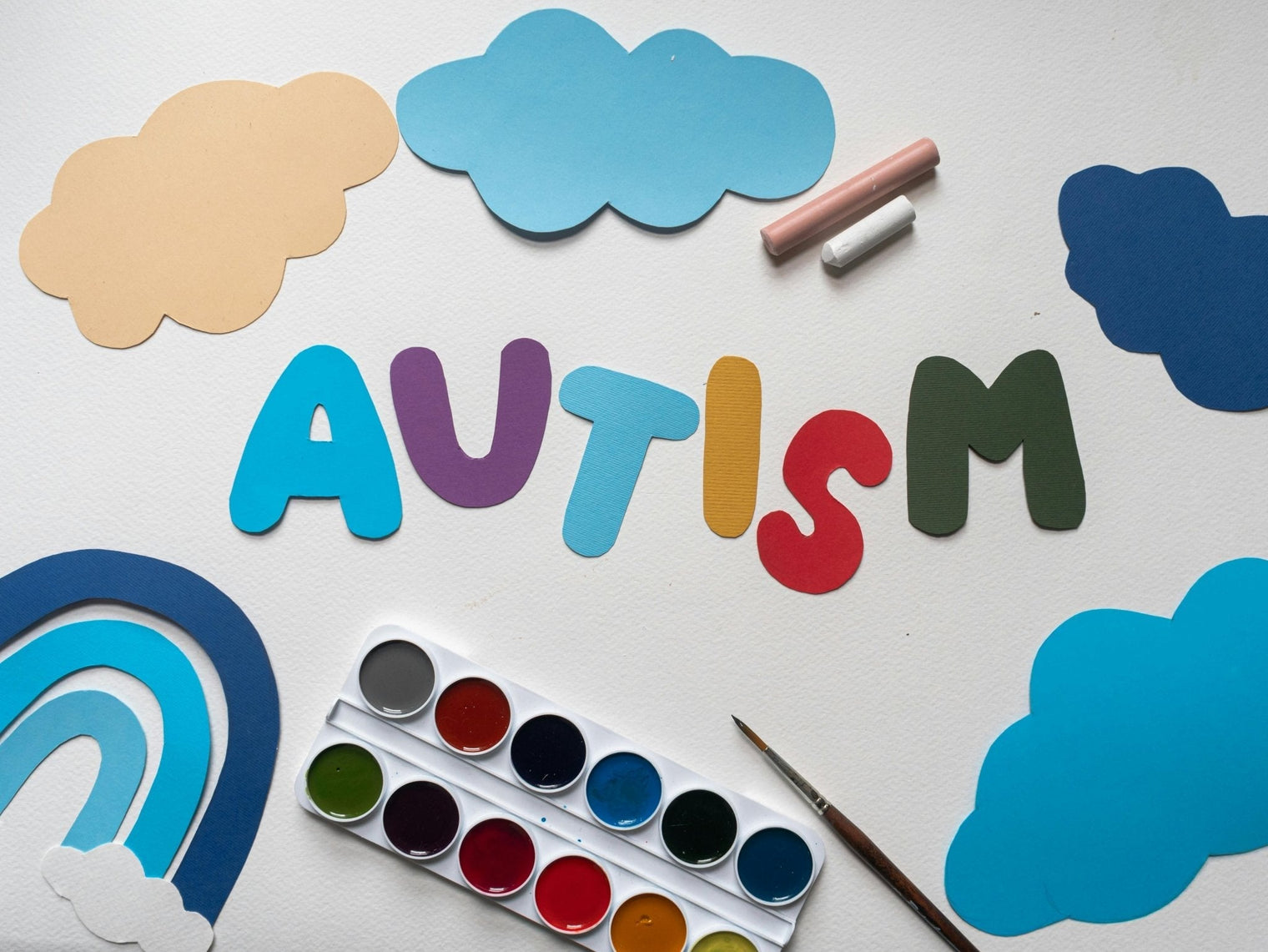Children with Autism and ADHD benefit from structured routines, personalized learning spaces, and sensory activities to manage their environment effectively. Visual aids and positive reinforcement help with understanding and motivation, while fostering open communication builds confidence. Collaborating with educators and therapists ensures consistency in support, allowing children to thrive.
Supporting children with Autism Spectrum Disorder (ASD) and Attention Deficit Hyperactivity Disorder (ADHD) requires a comprehensive approach tailored to their unique needs. Implementing effective strategies can significantly enhance their learning experiences and overall well-being.
1. Establish Consistent Routines
Children with autism and ADHD often thrive in structured environments. Consistent routines provide predictability, reducing anxiety and helping them manage transitions more effectively. Creating a daily schedule that outlines activities can offer a sense of security and aid in developing time-management skills.
2. Designate a Personalized Learning Space
A dedicated learning area minimizes distractions and fosters focus. Organize this space with necessary supplies and consider the child's sensory preferences. Some may benefit from a quiet, secluded spot, while others might perform better with subtle background noise. Experiment to determine the optimal setup for your child.
3. Incorporate Sensory Activities
Sensory activities can be beneficial for children with autism and ADHD, providing the necessary stimulation or calming effects they need. Activities such as bouncing on an exercise ball, swinging, or using a weighted blanket can help regulate their sensory input and improve focus.
4. Utilize Visual Supports
Visual aids like charts, schedules, and flashcards can enhance understanding and communication. These tools help children grasp concepts more concretely and serve as reminders for tasks and expectations, promoting independence.
5. Apply Positive Reinforcement
Encouraging desired behaviors through positive reinforcement can be highly effective. Reward systems, such as earning extra playtime or stickers for completing tasks, motivate children to engage in appropriate behaviors and develop self-discipline.
6. Foster Open Communication
Encourage children to express their thoughts and feelings. Active listening and validating their emotions build trust and improve their communication skills. Role-playing scenarios can also help them navigate social situations more confidently.
7. Collaborate with Educators and Therapists
Working closely with teachers and therapists ensures a cohesive support system. Sharing insights about your child's strengths and challenges allows for consistent strategies across home and educational settings, promoting a unified approach to their development.
By implementing these strategies, caregivers can create a supportive environment that caters to the unique needs of children with autism and ADHD, empowering them to reach their full potential.

